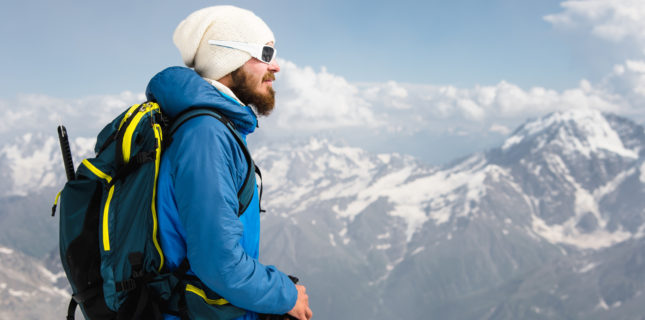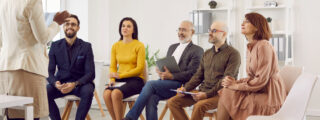
Time Clock
It’s time to Fall back. What does returning to standard time mean for patients? One clue is that when you look up antonyms for daylight saving time, you’ll find just one…winter. Regardless of how you feel about changing seasons, the shorter days may impact sleep patterns, exposure to UV, blue light, and more.
Tip: Make sure patients understand that UV exposure rises 4%-5% with each 1,000-foot increase in elevation.
THE NEED
Daylight is starting to get shorter and will continue to decrease through December 21, the shortest day and longest night of the year. After that winter solstice, the period between sunrise and sunset starts getting longer again. These changes can definitely have an impact. Here’s some of what you may want to discuss with patients.
ZZZZZZZ
Harvard University neuroscientist Anne-Marie Chang describes how changing seasons and blue light can affect sleep. In summer, for example, “Light in the early evening causes a circadian delay, or resets the clock to a later schedule; and light in the early morning causes a circadian advancement, or resets the clock to an earlier schedule.”
- LIGHT. Winter, however, reports sleep.org, presents a different situation. “Your circadian rhythm is maintained by exposure to light. And in the winter, especially in northern latitudes where daylight hours are especially short, light can be scarce.”
- NIGHT. People tend to read more at bedtime in the winter. That may translate to more exposure to blue light. The potential effect? The Journal of Photochemistry and Photobiology reports that just a week of increased exposure to blue light before bed cuts sleep time by an average of 14 minutes.
WINTER WEATHER
That is indoors, but what about outside?
- REFLECTIONS. According to the World Health Organization, snow reflects 80% of UV radiation. That’s in stark contrast to water and grass, which reflect under 10%.
- ELEVATION. Make sure patients understand that UV exposure rises 4%-5% with each 1,000-foot increase in elevation. Put another way, because the air is thinner at higher elevations—allowing for more UV in the atmosphere–UV radiation exposure at 8,000 feet is almost 20% more than at sea level, reports the American Optometric Association
- KIDS. Children’s eyes are even more sensitive to such exposure. That’s because the not-yet-fully-developed eyes of children under age 10 allow 60% more UV to penetrate the eye than would an older person’s eyes.
PROTECTION
Sunglasses or goggles are imperative. And, whether inside or out, recommend lenses and lens treatments that help reduce exposure to harmful UV and blue light. One option is the Shamir Blue Zero™ blue-blocking lens that also absorbs harmful UVA and UVB rays. To learn more, check out the video with this link, and share it with patients, too: https://youtu.be/4M2coXDsnLQ
How do you explain the potential impact of blue light, indoors and out, to your patients? Tell us and share in the Facebook conversation here.
Comments are closed.







